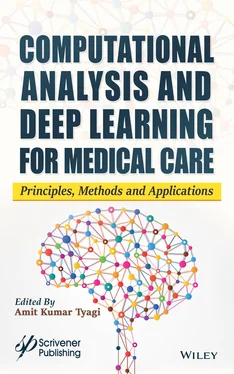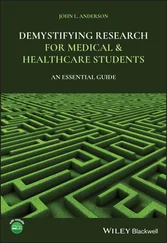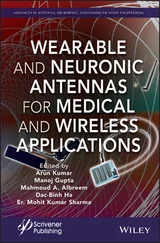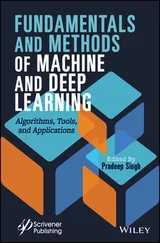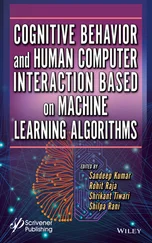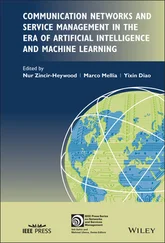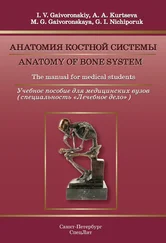In the modern era, we can gain the attention of user’s information need by sending the appropriate notifications based on their current location, time, previous searches or searches of users with similar requirements, etc.
AI processes and interprets patterns in data very efficiently. It replaces any search strategist and makes decisions with a higher accuracy. AI can take inputs from market trends, performance noticed, customer reports, etc. It does not leave any factor unnoticed.
2.3.4.1.4 Reduce Labor at Routine Jobs
We can always obtain a higher output by replacing the labor intensity at routine jobs and using the same at places where skill is required. Time and labor saved here can be used where creativity is to be employed. When replaced, we should always check speed and engagement rates with proper audit.
Most of the businesses are running based on the mobile apps in these days. It gives the importance of the location for a search query. Generally, the architecture of the location-based keyword query suggestion has shown in Figure 2.4. It works on the principle of the location as well as the keyword query. It consists of three different modules; these can be used to recommend a query to the user. Along with the query, it takes the user location; based on this location, it retrieves the query and returns the results based on user locations like restaurant, hospital, and tourist spots.

Figure 2.4 Architecture diagram for querying.
Measuring the distances in the location-aware keyword query suggestion is an important problem. The distance function will be crucial parameter in deciding the précised results. The decision of the results which we obtain will create the issue for the obtained outcome. In the following, Table 2.3listed the different measures which are used in measuring the documents. Measuring the distance for spatial data and the keyword data are important in this case. The relevance of the retrieved results is very crucial in measuring the performance of the techniques. So, the relevance of the measures is so important in the document. We analyzed the different papers which are used for the different proximity measures for analyzing the relevance.
As shown in Table 2.3, many techniques will provide the user to retrieve the query; based on the different approaches, these may be good for some queries, and it may depend on the retrieved document based on the retrieval of the query [23]. The query suggestion is so important in these days; based on the location, their location, their habits, and interests may change like food preferences, usage items in their locations, it will be purely depends on the perception of the user’s location.
Table 2.3 Different approaches for the query suggestion techniques.
| S. no |
Techniques |
| 1 |
Index |
| 2 |
Rank |
| 3 |
Popularity |
| 4 |
No of times referred |
| 5 |
Index + location |
| 6 |
Document proximity [4] |
| 7 |
AI-based search |
| 8 |
Keyword-document graph |
The different measures, which are used in the query suggestion techniques, are listed here.
1 Euclidean
2 Manhattan
3 Cosine similarity
4 Jaccard coefficients
The AI perspective will consider the following measures in query preparation, to enhance the performance of the query suggestion.
1 User’s information
2 Location
3 Previous search history
4 Back links
5 Keywords
6 Click through rate
7 Choice of websites
8 Other similar users’ choice
The AI algorithm learns from the results and decides the importance to be given to each of the factors specific to the user location. An AI-powered search engine learns and adjusts itself based on the ambiguous search queries; and it uses feedback data to improve the accuracy of its results.
Search engine algorithms begin incorporating esoteric information in their ranking algorithms. The tendency of the keyword query suggestion has been replaced by the user log to the location of the user. The user expects more accurate query results. The user needs to provide a single keyword query and location, the system it returns the results considering the user proximity location. Upgrading the system to further levels by adding the AI perspective, the query suggestion has changed to user preference level. The value of AI-powered search is an analysis of growing tremendous information that happens in the background of the user’s data. It helps inappropriate recommendations and drives the system with better user satisfaction and engagement. More is the data availability for the AI-powered search more will be the relevant results to the user. The usage of it will makes the effective in the future based on the location and the movement of the public, the AI will predict what kind of activity is going in that location also will predict.
1. Baeza-Yates, R., Hurtado, C., Mendoza, M., Query recommendation using query logs in search engines, in: EDBT , pp. 588–596, 2004.
2. Beeferman, D. and Berger, A., Agglomerative clustering of a search engine query log, in: KDD , pp. 407–416, 2000.
3. Cao, H., Jiang, D., Pei, J., He, Q., Liao, Z., Chen, E., Li, H., Context-aware query suggestion by mining click-through and session data, in: KDD , pp. 875–883, 2008.
4. Qi, S., Wu, D., Mamoulis, N., Location aware keyword Query suggestion based on document proximity. IEEE Trans. Knowl. Data Eng ., 28, 1, 82–97, 2016.
5. Berkhin, P., Bookmark-coloring algorithm for personalized pagerankcomputing. Internet Math ., 3, 41–62, 2006.
6. Craswell, N. and Szummer, M., Random walks on the click graph, in: Proc. 30th Annu. Int. ACM SIGIR Conf. Res. Develop. Inf. Retrieval , pp. 239–246, 2007.
7. Mei, Q., Zhou, D., Church, K., Query suggestion using hitting time, in: Proc. 17th ACM Conf. Inf. Knowl. Manage , pp. 469–478, 2008.
8. Song, Y. and He, L.-W., Optimal rare query suggestion with implicit user feedback, in: Proc. 19th Int. Conf. World Wide Web , pp. 901–910, 2010.
9. Miyanishi, T. and Sakai, T., Time-aware structured query suggestion, in: Proc. 36th Int. ACM SIGIR Conf. Res. Develop. Inf. Retrieval , pp. 809–812, 2013.
10. Tong, H., Faloutsos, C., Pan, J.-Y., Fast random walk withrestart and its applications, in: Proc. 6th Int. Conf. Data Mining , pp. 613–622, 2006.
11. Boldi, P., Bonchi, F., Castillo, C., Donato, D., Gionis, A., Vigna, S., The query-flow graph: Model and applications, in: Proc. 17thACM Conf. Inf. Knowl. Manage , pp. 609–618, 2008.
12. Song, Y., Zhou, D., He, L.-w., Query suggestion by constructing term-transition graphs, in: Proc. 5th ACM Int. Conf. Web Search Data Mining , pp. 353–362, 2012.
13. Kato, M.P., Sakai, T., Tanaka, K., When do people use query suggestion? A query suggestion log analysis. Inf. Retr ., 16, 6, 725–746, 2013.
14. Liu, Y., Song, R., Chen, Y., Nie, J.-Y., Wen, J.-R., Adaptive query suggestion for difficult queries, in: Proc. 35th Int. ACM SIGIR Conf. Res. Develop. Inf. Retrieval , pp. 15–24, 2012.
Читать дальше
